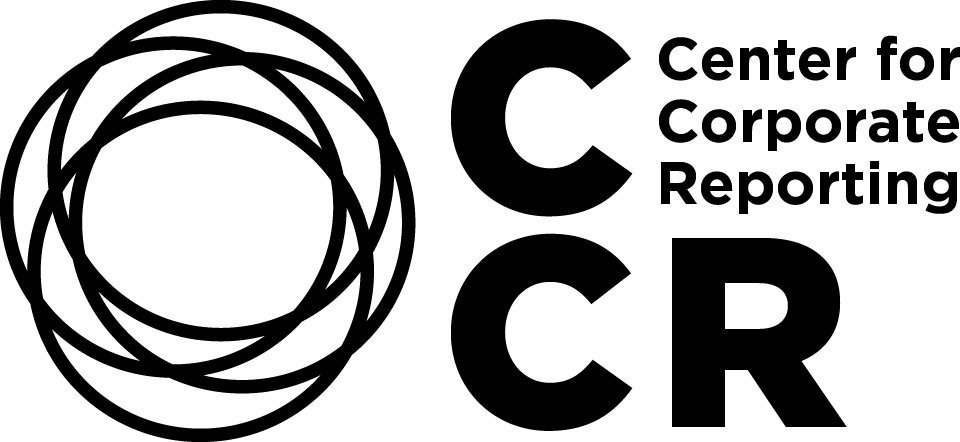Worse than Greenwashing? Greenwishing and Greenhushing
Every action has an equal and opposite reaction. As accusations of greenwashing have rocked the corporate climate space in recent years, we’re seeing a concerning reaction: greenhushing and greenwishing. Some companies are choosing to go quiet on their decarbonization efforts for fear of scrutiny. Others are making bold climate statements but with no verifiable plan of how to achieve them. In the face of the greatest threat humanity has faced, we simply cannot afford to hide what we are doing or make promises without measurable commitments.
By Renat Heuberger
Some records are not meant to be broken but this summer was, once again, the hottest on record. The floods, droughts and wildfires we have seen across Europe, the US, China and most recently Hawaii provide a stark and frightening warning that the time to act for the climate is right now.
With governments continuing to drag their feet on climate legislation, it is clear the goals of the Paris Agreement will never be reached by their action alone. To have a fighting chance at securing a habitable planet by 2050, we need private companies to step up. A seven-fold increase in climate investment – at an astonishing USD 1 trillion – is needed by the end of this decade.
To move this kind of money into climate action, we need the private sector to move forward with credible climate action strategies that are clearly disclosed and communicated. As the saying goes, “a problem well stated is a problem half solved”.
We know some companies have started on this journey. According to the Net Zero Tracker, around 48% of the 2,000 largest publicly traded companies have set a net-zero target. However, zooming out to include the much broader number of all globally publicly traded companies, this number drops to around 7%. In other words, 93% of listed companies are currently doing nothing.
These figures beg the question: does more public scrutiny automatically lead to more ambitious climate action? One might be led to believe that the larger and more visible a company is, the higher the likelihood of a public climate commitment. Sadly, it’s not that simple.
A recent South Pole analysis concludes that about a quarter of major companies with sustainability offices have decided to no longer publicly talk about their targets. This is called greenhushing, where a company who has set climate targets decides to not communicate them.
But some companies are taking a different approach: greenwishing. Greenwishing, a pervasive tactic, refers to when a company either comes up with beautiful-sounding yet abstract “wishes” about what they want the future to look like or makes resolute climate statements but without any new and, importantly, measurable commitments.
From a company’s perspective, the seeming advantages of greenhushing and greenwishing are obvious: the former ensures that while working on implementing your climate strategy, you remain below the radar and can hope to avoid scrutiny. The latter, greenwishing, ensures that your company is seen as a climate leader in the eyes of the public, without running the risk of being accused of greenwashing. After all, you did not make any binding commitments in the first place, you were only expressing your support for climate action and your wishes for a low-carbon future.
Needless to say, both greenhushing and greenwishing are highly problematic. If we see a broader movement by companies towards this, we will not reach net-zero emissions by 2050. Greenhushing prevents us from understanding a company’s progress and actions – and learning from their mistakes and successes. This will not inspire others to increase their ambition.
Over the past two years, accusations of “greenwashing” have become such a popular topic in the media that a growing number of companies are hesitating to commit to any concrete climate targets at all. What if I commit to a target and then, despite best efforts, fail to meet it? Might I face a lawsuit? Could being accused of greenwashing become an even bigger risk than doing nothing?
The answers to many such questions depend on various factors but the risk of litigation, public outcry and reputation damage is enough to hamper action. We must focus on how to overcome these problematic trends. To start with, we need to urgently shift the climate debate. Yes, outright greenwashing must be scrutinized and called out. But instead of immediately suspecting greenwashing behind every climate statement, the public should instead ask for “radical clarity”.
Companies should be encouraged to publicly disclose the scale and scope of their emissions, their reduction plans and their achievements and lessons along the way. This will empower companies to engage in constructive conversations with stakeholders on how to increase their ambition, without being drowned out by critique and skepticism. Failures to meet ambitious targets should not be met with loud accusations of greenwashing, but with concrete proposals of how to improve.
The focus of public scrutiny needs to shift away from those who are doing something on climate in a transparent way, towards the great majority who do absolutely nothing. And we need to convince companies who are staying quiet out of fear of criticism that there is a safe space for a healthy and transparent dialogue on climate action.
In the face of humanity’s greatest challenge, we simply cannot react by going quiet or misleading the public. Corporate climate leadership has never been more important and we urge all companies to step up, set science-based targets, communicate them credibly and clearly. This is the only reaction that will give us a chance.
Renat Heuberger
has been a social entrepreneur for over 20 years. As a founder & CEO of South Pole, he led its growth from startup to worldleading climate company. He has been elected Social Entrepreneur of Switzerland by the Schwab Foundation and holds a Master’s in Environmental Sciences.


